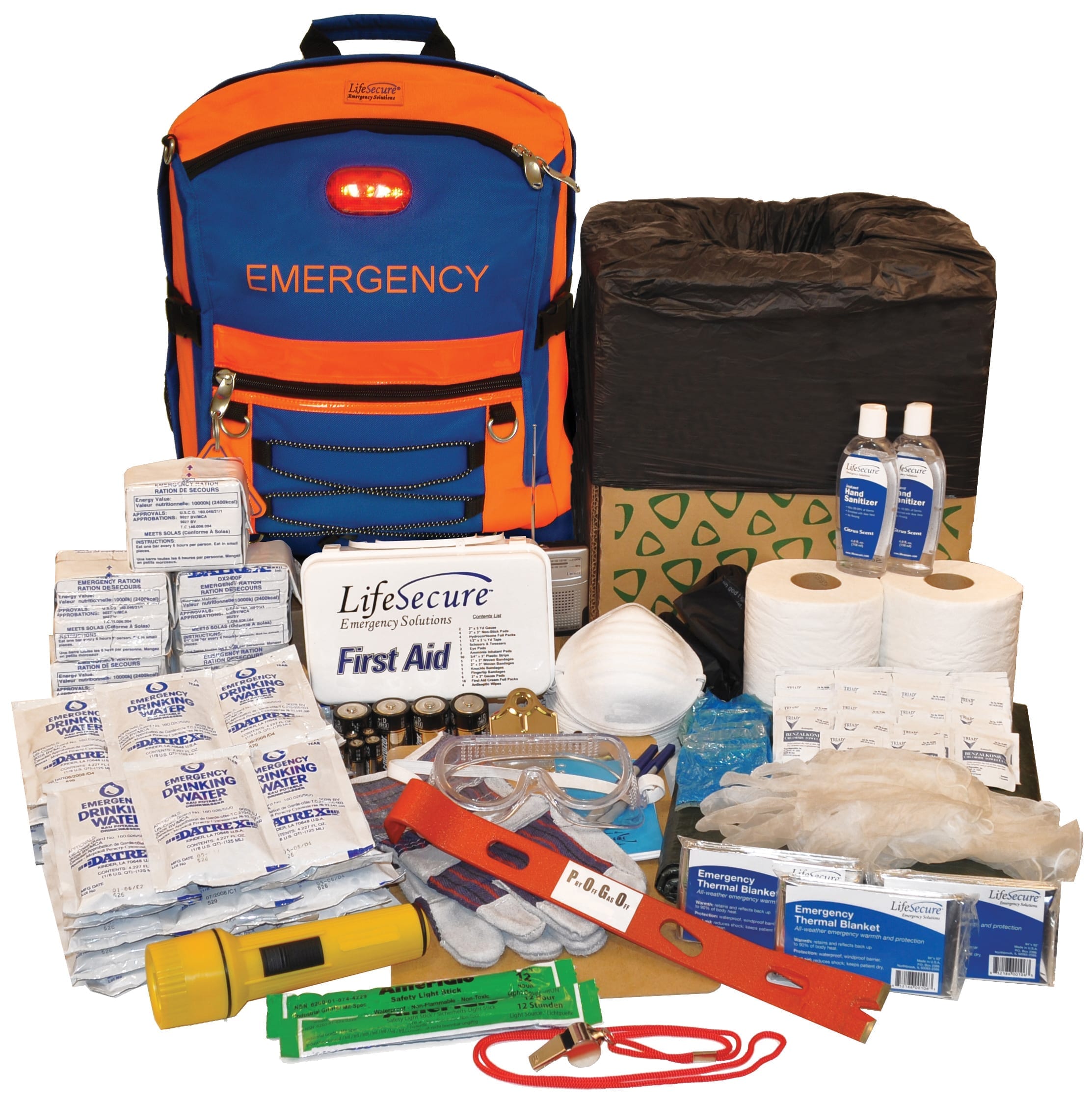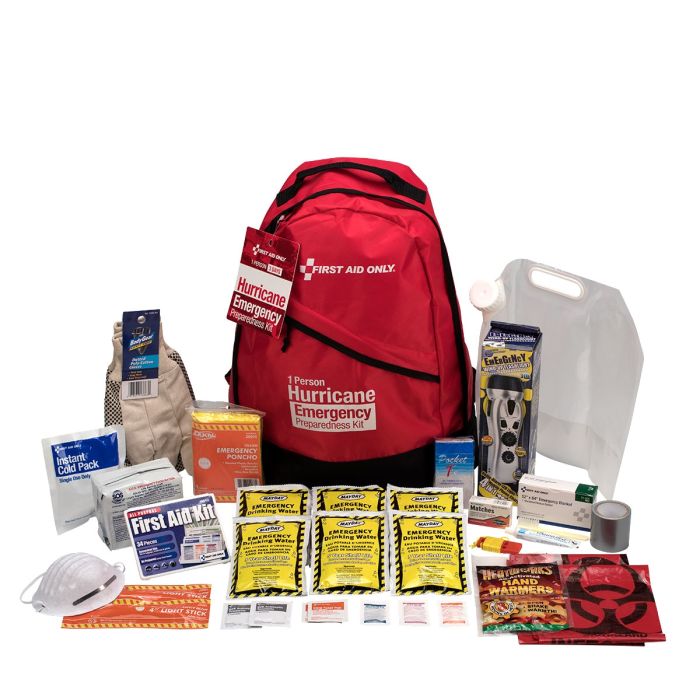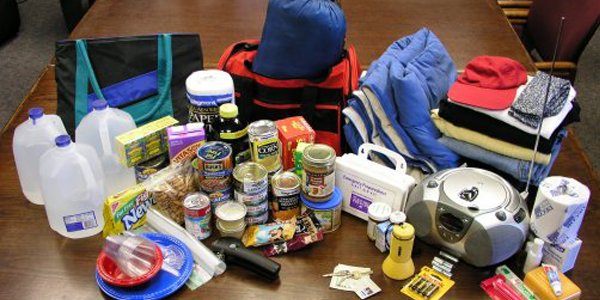Take Control with Emergency Preparedness: Safeguarding What Matters Most
Take Control with Emergency Preparedness: Safeguarding What Matters Most
Blog Article
Crucial Emergency Situation Readiness Tips for Survival
In today's uncertain globe, being gotten ready for emergencies is not just a referral yet a crucial requirement. Ensuring your safety which of your enjoyed ones during unexpected crises calls for cautious planning and insight. From setting up a fully equipped emergency package to developing clear communication channels and discharge paths, there are several crucial actions that can make a considerable distinction despite misfortune. By proactively attending to these key facets of emergency situation readiness, you can considerably improve your possibilities of survival in challenging circumstances.
Building an Emergency Set

Start by including non-perishable food items like canned goods, granola bars, and dried fruits that have a lengthy life span and do not call for food preparation. Bear in mind to load a handbook can opener. Furthermore, store at least one gallon of water per individual per day for a minimum of 3 days in tough containers.
Maintain copies of vital papers like recognition papers, insurance plans, and emergency get in touch with information in a water resistant container. By assembling a well-balanced emergency set, you can much better prepare yourself for unanticipated events and boost your chances of remaining secure during a situation.
Developing a Communication Strategy
Putting together an emergency situation package with vital products sets a strong foundation for preparedness; currently, turning to the advancement of an interaction plan is important for ensuring efficient control and information dissemination throughout times of crisis. A well-thought-out interaction strategy is essential for keeping people informed, linked, and secure in emergency situation situations. Begin by developing a chain of communication that includes family members, neighbors, and pertinent authorities. Guarantee that every person knows exactly how to get to each various other and mark an out-of-town call as a main point for information sharing. Utilize several communication techniques such as message messages, telephone call, social media sites, and emergency situation sharp systems to make certain information reaches every person without delay. Exercise your interaction strategy regularly to ensure everyone knows their responsibilities and duties. In addition, take into consideration variables like language obstacles, access demands, and technical restrictions when establishing your communication strategy. An effective interaction strategy can make a considerable difference in managing emergency situations successfully and securing the wellness of all involved.

Establishing Discharge Paths
To make sure reliable emergency feedback and precaution, establishing clear evacuation paths is extremely important in preparedness planning. Discharge routes ought to be predetermined and interacted to all individuals in a given area to guarantee a swift and organized emptying in times of situation. When establishing evacuation paths, it is vital to consider several options to represent various circumstances, such as fires, floods, or various other emergencies that might obstruct key escape routes.
The selected emptying paths need to bring about designated safe areas where individuals can seek shelter and await additional directions or help (article). These routes must be easily available and well-marked, taking right into account the needs of all people, consisting of those with impairments or flexibility limitations. Routine drills and technique runs along these evacuation paths can aid acquaint people with the getaway courses and make certain a more effective discharge procedure during actual emergency situations
Along with physical emptying paths, it is crucial to have alternative communication techniques in position to relay evacuation instructions and updates efficiently. By developing and consistently reviewing emptying paths, neighborhoods can boost their overall emergency preparedness and action capacities.
Understanding Basic Emergency Treatment
One basic facet of emergency situation preparedness is acquiring knowledge in standard emergency treatment procedures. In times of crisis or disaster, having the ability to give instant medical support can make a significant distinction in conserving lives. Knowing basic Source initial help gears up individuals with the abilities to analyze and respond to medical emergencies and usual injuries successfully.
Fundamental emergency treatment training usually covers vital techniques such as mouth-to-mouth resuscitation, injury treatment, bandaging, splinting, and identifying indicators of shock or respiratory system distress. useful content. Recognizing just how to administer these standard treatments appropriately can maintain an individual's problem up until expert medical help arrives
Moreover, having a fundamental emergency treatment kit readily offered is critical in emergency situation circumstances. The set should include crucial products like plasters, antibacterial wipes, gauze pads, adhesive tape, scissors, gloves, and tweezers. Recognizing exactly how to utilize these items effectively can protect against infections, quit bleeding, and provide comfort to those in demand.
Protecting Essential Files

Verdict
Developing an emergency situation kit, establishing an interaction strategy, establishing emptying courses, learning fundamental initial help, and securing important documents are vital actions to take. It is vital to prioritize emergency readiness to make certain preparedness for any potential dilemmas that might emerge.
From assembling a well-equipped emergency set to developing clear interaction networks and discharge paths, there are numerous crucial actions that can make a considerable difference in the face of adversity.To make sure efficient emergency situation feedback and safety and security measures, establishing clear evacuation routes is critical in preparedness planning. When developing discharge courses, it is essential to consider multiple options to account for various circumstances, such as fires, floodings, or various other emergency situations that might obstruct main getaway paths.
Regular drills and practice runs along these evacuation courses can aid acquaint individuals with the getaway paths and ensure a more reliable emptying process during actual emergency situations.
Constructing an emergency situation set, developing an interaction strategy, establishing evacuation courses, learning standard initial aid, and securing important records are necessary steps to take.
Report this page